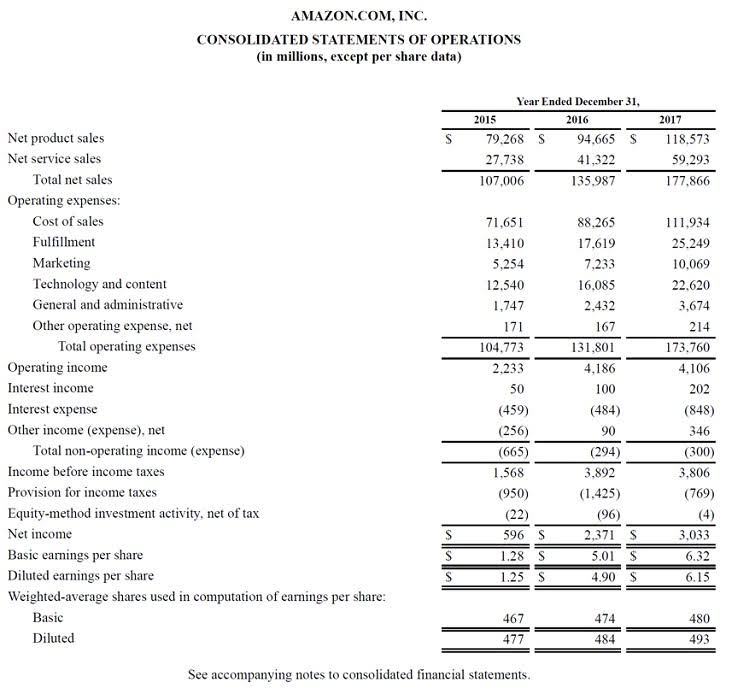Content
- Advantages of predetermined overhead rate formula
- Multiple Predetermined Overhead Rates
- Video on Predetermined Overhead Rate (What it is and How to Calculate it)
- Importance of Overhead
- Example of predetermined overhead rate
- Should you have predetermined overhead rates for each department of your business?
- AccountingTools
- Predetermined Overhead Rate

Therefore, in simple terms, the POHR formula can be said to be a metric for an estimated rate of the cost of manufacturing a product over a specific period of time. That is, a predetermined overhead rate includes the ratio of the estimated overhead costs for the year to the estimated level of activity for the year. Until now, you have learned to apply overhead to production based on a predetermined overhead rate typically using an activity base. An activity base is considered to be a primary driver of overhead costs, and traditionally, direct labor hours or machine hours were used for it.

For businesses in manufacturing, establishing and monitoring an overhead rate can help keep expenses proportional to production volumes and sales. It can help manufacturers know when to review their spending more closely, in order to protect their business’s profit margins. The predetermined overhead rate is used to price new products and to calculate variances in overhead costs. Of course, management also has to price the product to cover the direct costs involved in the production, including direct labor, electricity, and raw materials. A company that excels at monitoring and improving its overhead rate can improve its bottom line or profitability. On your current project (coded as J-17), your division has spent $2,600 on direct materials; therefore, the predetermined overhead for this project will be $4,550 ($2,600 times 175%).
Advantages of predetermined overhead rate formula
Cost accountants want to be able to estimate and allocate overhead costs like rent, utilities, and property taxes to the production processes that use these expenses indirectly. As previously mentioned, the predetermined overhead rate is a way of estimating the costs that will be incurred throughout the manufacturing process. That means it represents an estimate of the costs of producing a product or carrying out a job. The estimate will be made at the beginning of an accounting period, before any work has actually taken place. In larger companies, each department in which different production processes take place usually computes its own predetermined overhead rate. The predetermined overhead rate formula can be used to balance expenses with production costs and sales.
- The first step is to identify the total overheads identification for the target period.
- As a result, management would likely view labor hours as the activity base when applying overhead costs.
- However, the difference between the actual and estimated amounts of overhead must be reconciled at least at the end of each fiscal year.
- The result of this calculation will be the predetermined overhead rate based upon the direct labor costs.
- Calculate the predetermined overhead rate of GHJ Ltd if the required machine hours for next year’s production is estimated to be 10,000 hours.
Departmental overhead rates are needed because different processes are involved in production that take place in different departments. During that same month, the company logs 30,000 machine hours to produce their goods. The use of historical information to derive the amount of manufacturing overhead may not apply if there is a sudden spike or decline in these costs. Additionally, you should recalculate your predetermined overhead rate any time there is a significant change in your business, such as the addition of new equipment or a change in your product line. This means that for every hour of work the marketing agency performs, it will incur $20 in overhead costs. Here’s how a service-based business, namely a marketing agency, might go about calculating its predetermined overhead rate.
Multiple Predetermined Overhead Rates
The management can estimate its overhead costs to be $7,500 and include them in the total bid price. The predetermined rate is also used for preparing budgets and estimating jobs costs for future projects. The predetermined overhead rate formula is a useful resource for businesses planning for the future. Larger businesses may even wish to calculate different rates for specific departments, which can encourage even higher levels of accuracy by employing even greater levels of precision across the business. However, it should not be forgotten that calculating the rate can potentially be a considerable task and is likely to add to the cost of required accounting labor itself.
- Direct costs typically are direct labor, direct machine costs, or direct material costs—all expressed in dollar amounts.
- Our work has been directly cited by organizations including Entrepreneur, Business Insider, Investopedia, Forbes, CNBC, and many others.
- As discussed above, a business must wait until the end of a period to know the actual performance in terms of overheads incurred.
- In this article, we will discuss the formula for predetermined overhead rate and how to calculate it.
- Larger organizations may employ a different predetermined overhead rate in each production department, which tends to improve the accuracy of overhead application by employing a higher level of precision.
- The predetermined overhead rate is calculated by dividing the estimated manufacturing overhead by the estimated activity base (direct labor hours, direct labor dollars, or machine hours).
For example, let’s say the marketing agency quotes a client $1,000 for a project that will take 10 hours of work. The agency knows from its predetermined overhead rate that it will incur $200 in overhead costs for the project. That’s the entire idea of predetermined overhead rates—by estimating the amount of overhead that will be incurred, predetermined overhead rate formula you can better plan for and control these costs. Using multiple predetermined overhead rates is more complicated and takes more time, but it is generally thought to be more accurate than using a single predetermined overhead rate for the entire plant. The predetermined overhead rate helps prepare budgeted costs for each department.
Video on Predetermined Overhead Rate (What it is and How to Calculate it)
Direct costs include direct labor, direct materials, manufacturing supplies, and wages tied to production. The overhead rate is a cost allocated to the production of a product or service. Overhead costs are expenses that are not directly tied to production such as the cost of the corporate office.
This means that once a business understands the overhead costs per labor hour or product, it can then set accurate pricing that allows it to make a profit. Hence, one of the major advantages of predetermined overhead rate formula is that it is useful in price setting. Overhead costs are those expenses that cannot be directly attached to a specific product, service, or process. Allocation bases (such as direct labor, direct materials, machine hours, etc.) are used when finding a relationship with total overhead costs.
Importance of Overhead
How to find a predetermined overhead rate is the first step, and there are a few options to apply it in practice. Now you know, as a business, how to calculate a predetermined overhead rate, you will want to know how and where to deploy it. In actual fact, the rate can be used in a number of areas quite flexibly and can be a hugely beneficial tool for businesses in financial planning.
Once you have a handle on your estimated overhead costs, you can plug these numbers into the formula to calculate your predetermined overhead rate. In order to find the overhead rate we will use the same basis that we have chosen by multiplying this basis by the calculated rate. For example, if we choose the labor hours to be the basis then we will multiply the rate by the direct labor hours in each task during the manufacturing process. For example, the recipe for shea butter has easily identifiable quantities of shea nuts and other ingredients. Based on the manufacturing process, it is also easy to determine the direct labor cost.
